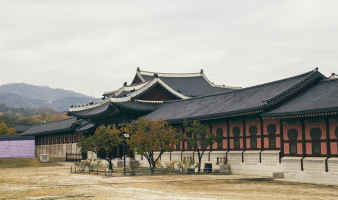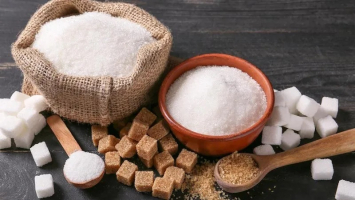Top 5 Reasons Why Pilates is the Perfect Core Training
Pilates is based on putting yourself into unstable postures and challenging your body by moving your limbs, and is partly inspired by yoga. Yoga is made up of ... read more...a series of static postures, whereas Pilates is based on putting yourself into unstable postures and challenging your body by moving your limbs. People do Pilates for a variety of reasons, including general fitness, back pain prevention and treatment, and maintaining agility and strength, to name a few. However, there is one benefit that everyone will receive from Pilates, and that is a strong core. The following are 5 reasons why Pilates is the perfect core training.
-
The core muscles are part of the powerhouse set, therefore engaging your core during Pilates movements is a component of activating your powerhouse. Deep stabilizers such as the pelvic floor, psoas, multifidus, and transverses abdominis, among others, make up the core muscles. The core muscles, on the other hand, are not the huge movers like the rectus abdominis or glutes, which are included in the powerhouse group.
The gluteus maximus is a muscle that helps establish a posterior pelvic tilt and is used in forceful activities that involve hip extension (jumping, stair climbing). This postural component is vital in achieving the neutral pelvic posture employed in Pilates, which is why students are taught to perform a butt squeeze to activate the glutes in the powerhouse in classic Pilates.
And yes, every Pilates exercise, even the stretching ones, uses core muscles. It's either the major emphasis of the exercise, or they're used to supporting you as you move and work other parts of your body.
However, because it is impractical to keep these muscles fully engaged for a whole 1-hour lesson, it is recommended that they be approximately 30% engaged during the class. Some workouts necessitate a little more effort, while others necessitate a little less.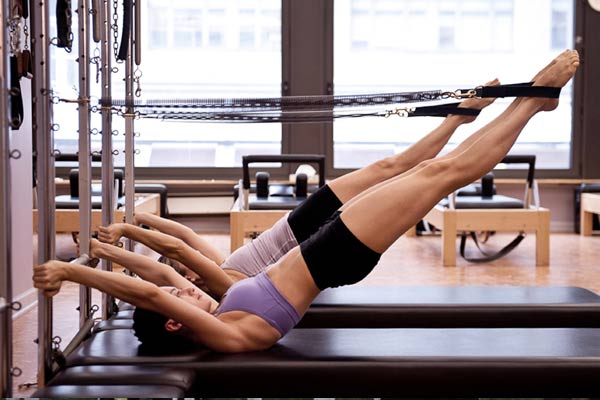
Photo: sportzbusiness 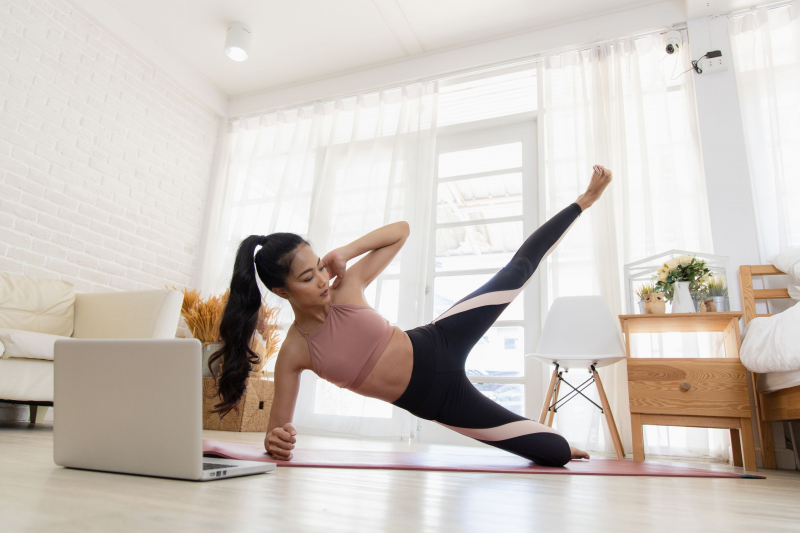
Photo: resultswellnesslifestyle -
Pilates is a moderate, low-impact workout that targets major and minor muscle groups to strengthen your core like your deep abdominal, back, and pelvic floor muscles and balance your musculature. Pilates, unlike standard weight-bearing workouts, combines strengthening with concentric (shortening when loaded) and eccentric (lengthening while loaded) muscle activation to help you grow long, thin muscles.
Most people believe they are strengthening their core by doing sit-ups and other variations. In reality, they are simply using the outside layers of their abdomen and, in certain cases, their hip flexors (thus 'cheating' on the set).
The genuine core muscles are far deeper and include several muscles in the lower back. Pilates teaches you how to engage these muscles, as well as the outer layers of the abdominal muscles, to ensure that you're not lying or tricking your way through each repetition, allowing you to get the most out of each one. It is one of the reasons why Pilates is the perfect core training.
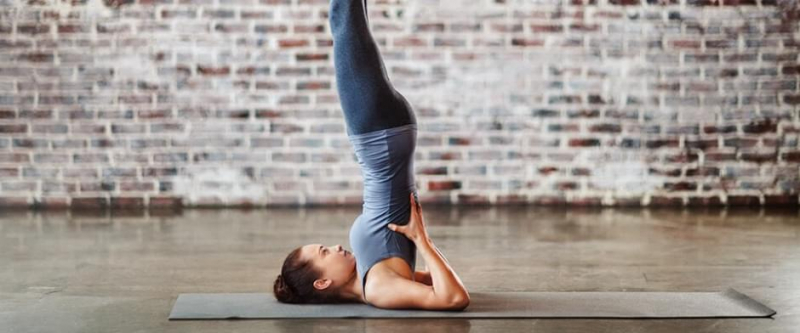
Photo: holmesplace 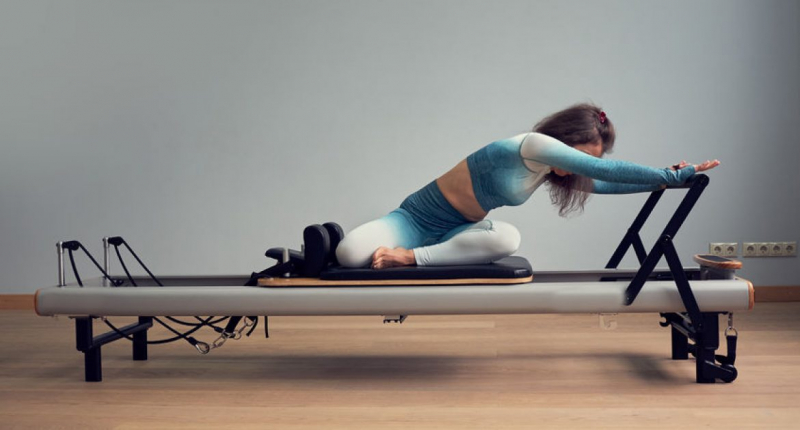
Photo: pilatesinparker -
One of the best things you can do for your overall fitness is to strengthen your core. There are numerous Pilates movements that primarily target the core. Each one is created to test the core uniquely. It could be through increasing stamina, changing positions, altering breathing patterns, or incorporating a support challenge. It's yet another manner in which Pilates works all the core muscles.
Manuela Sanchez, a Pilates instructor at Club Pilates in Brooklyn, New York, tells SELF, "Pilates is a mind-body workout that targets your core muscles with every movement." During a Pilates session, your core is always engaged, whether you're doing a core-focused technique or something that targets other muscle groups.
Classic Pilates core exercises include the Pilates one hundred, single-leg stretch, roll-up, leg circle, criss-cross, and others that you may be familiar with.
You can do a handful of these Pilates core exercises as a warm-up before a workout, or incorporate them into your next workout to target and strengthen your core. If you just want a fast movement session, pick a handful that appeal to you and repeat them a few times to form a stand-alone routine. If you're new to these moves, start with 30 seconds and work your way up to a minute.
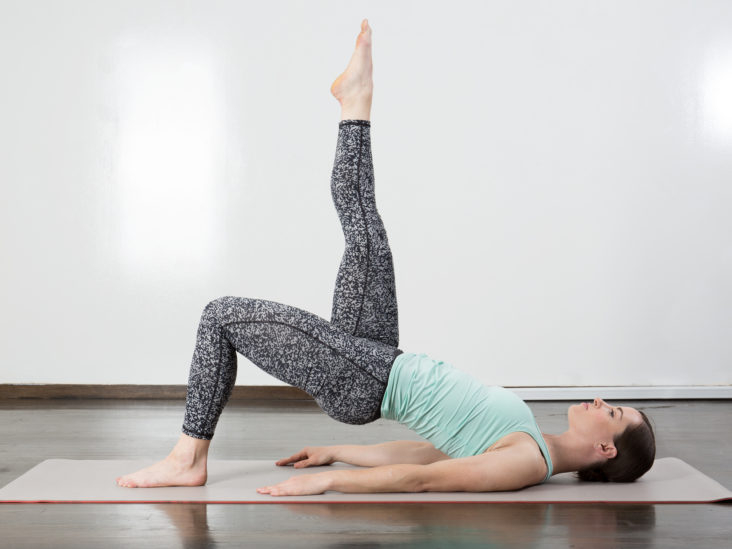
Photo: greatist 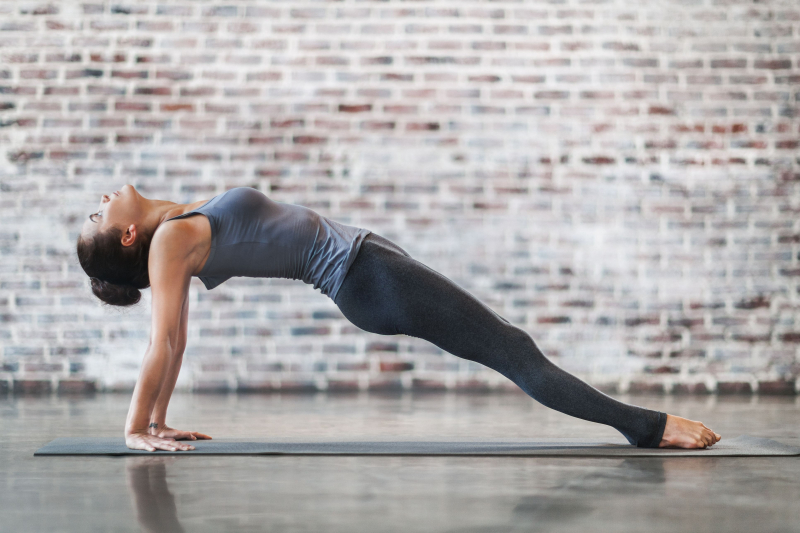
Photo: runnersworld -
Pilates is the core training for all levels and ages. Pilates's workouts target your core muscles and work your entire body. Pilates's exercise has a lot of supporters, especially among medical professionals. Furthermore, it is a great complement to any other sport or gym workout you undertake.
From complete beginners to expert athletes, Pilates workouts can be modified to fit their needs. There is no such thing as an easy workout because the emphasis is less on the number of repetitions and more on improving technique.
As we get older, it's critical to keep our bodies strong and flexible. The older clientele knows from personal experience that a well-designed Pilates program is one of the most effective strategies to combat the effects of aging. Pilates is a means for children to build flexibility, improve concentration, strengthen muscles, correct posture, and so on.
The program can also be tailored to meet specific requirements or preferences. It can be soft for those who prefer it, but it can also be a difficult task for males, especially when done well. The important thing here is that you need to determine your goals before performing Pilates exercises, thereby choosing the most suitable movements for you.
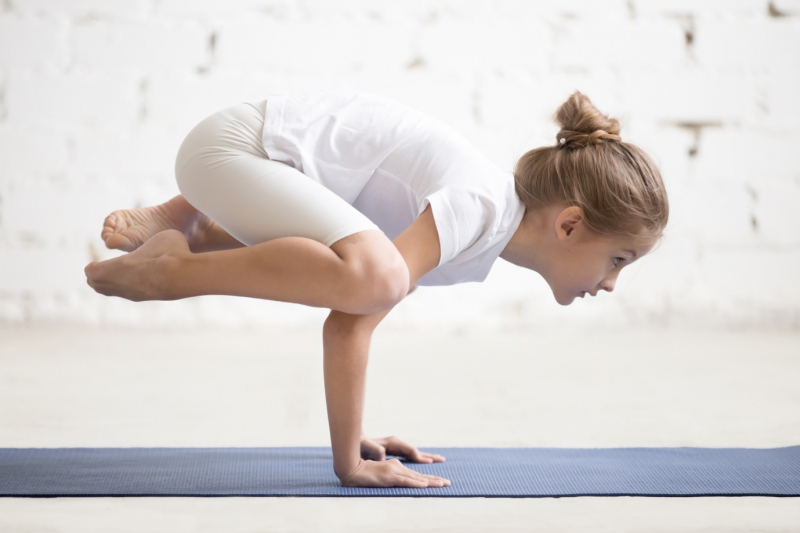
Photo: appiclinics 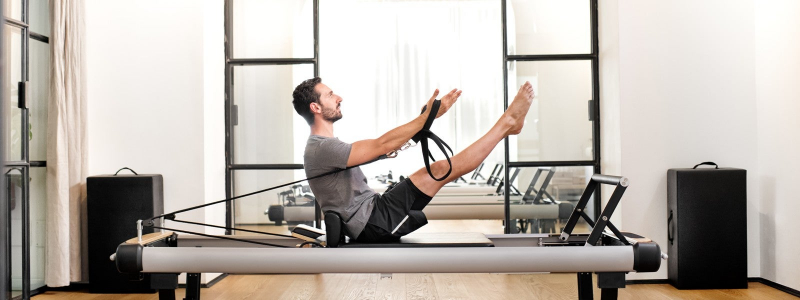
Photo: pilatesanytime -
One of the goals people aim for when starting out with Pilates is a flat stomach. Of course, having a slim waist and a strong core are desirable qualities for everyone. Pilates' workouts, on the other hand, Pilates offers more than just strength and a flat tummy, it provides more than just cosmetic benefits.
When it comes to Pilates, one of the most common aims is to have a flat tummy. A thin waist and a strong core are, of course, desirable attributes for everyone. Pilates's workouts, on the other hand, are beneficial in more ways than one.
Pilates is a mind-body exercise that improves proprioception, or awareness of one's own body. The capacity to direct your attention inward and focus on the sensations in your body increases your awareness of comfort or discomfort, emotions, and your surroundings. Proprioception improves the body's ability to respond to stimuli, which can help prevent injuries and falls. Because you'll be more conscious of your body's hunger signals, better body awareness may even assist you avoid overeating.Pilates' internal attention and use of breath can down-regulate the nervous system, building on the advantage of body awareness. As a result, you'll be able to get out of fight-or-flight mode, drop cortisol, and reduce stress over time.
Pilates also helps with balance. Balance is crucial at any age and is required for everyday tasks such as walking or other nonlinear movements in life, such as reaching up and twisting. It improves balance and gait not only by strengthening the core, but also by emphasizing alignment and whole-body workouts.And there are hundreds of positive benefits that Pilates can bring to your body. Maintain regular practice to bring out the best.
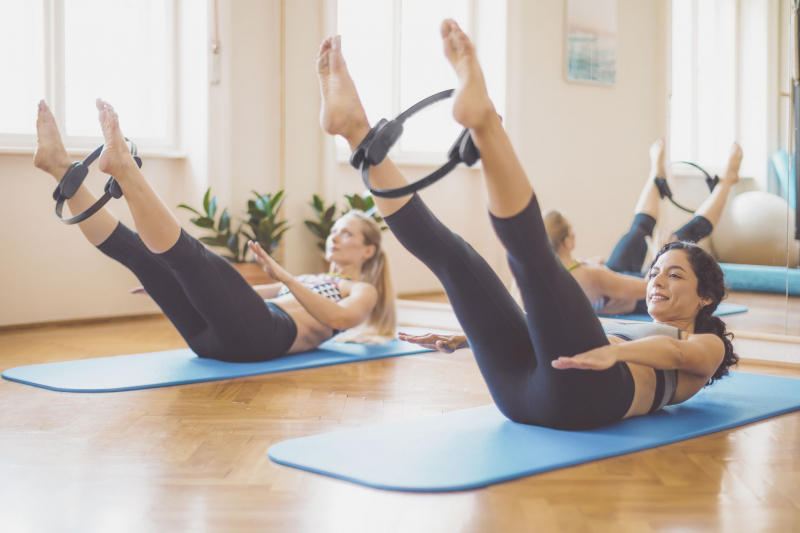
Photo: womenshealthmag 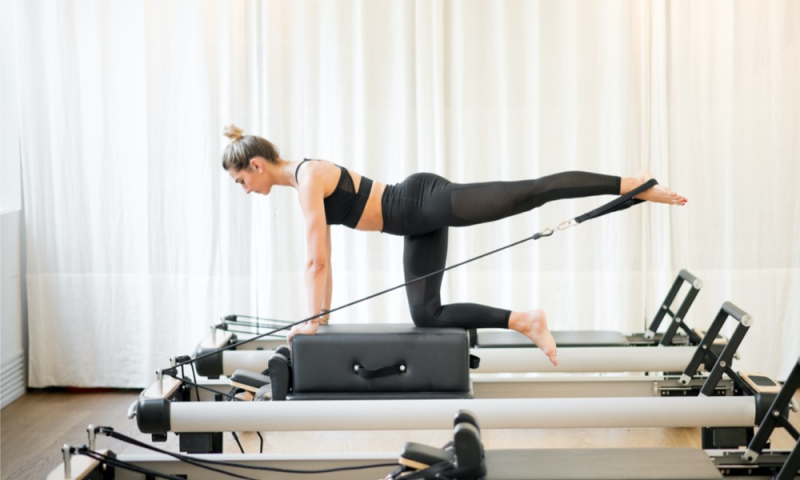
Photo: thespinepro


















